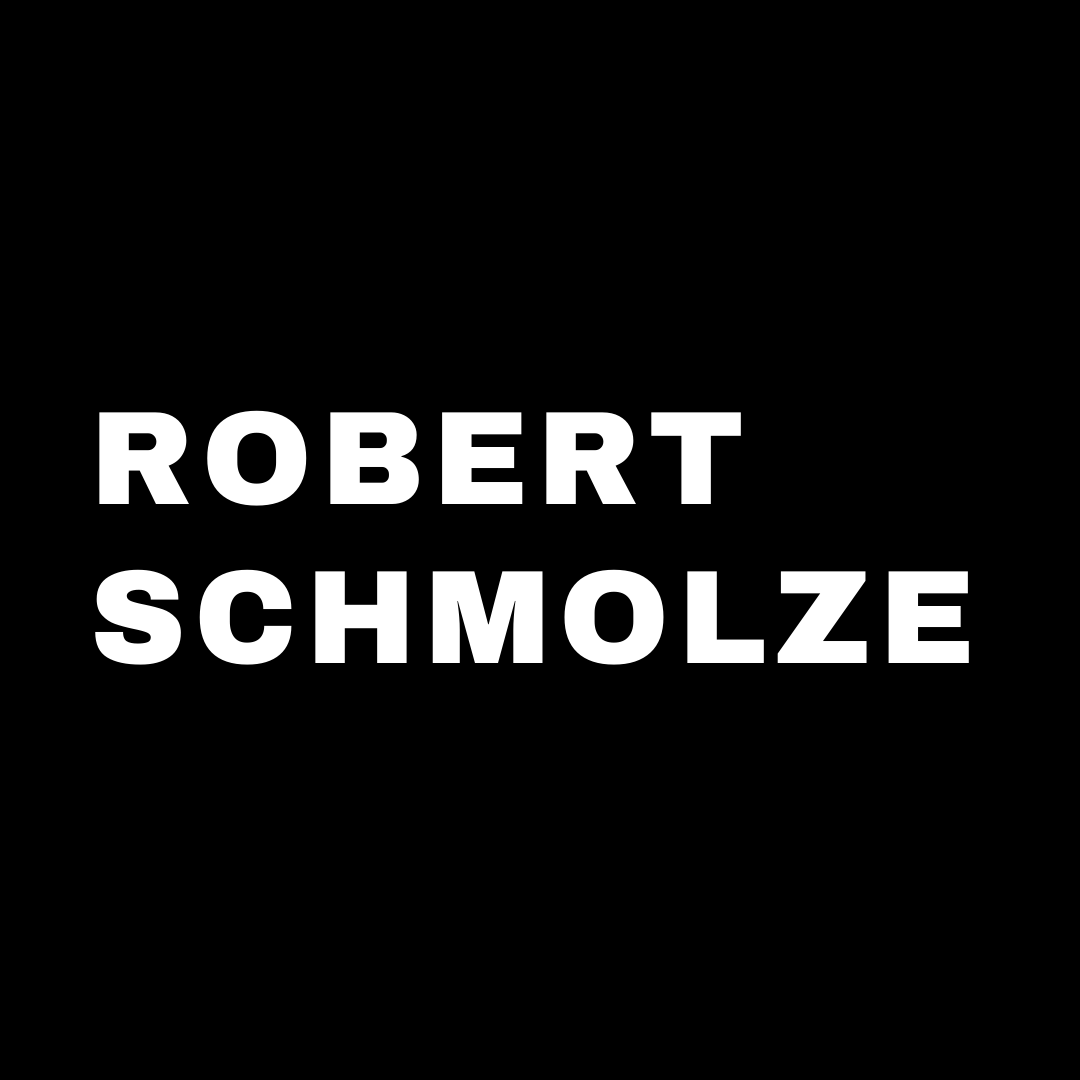Introducing Yourself in an Interview Guide
- Start by researching the company and your interviewers.
- Dress appropriately for the interview.
- Avoid distractions and keep eye contact.
- Be confident and comfortable.
- Be aware of body language.
- Prepare what to say.
- Rehearse your introduction with a friend.
- Follow our examples below.
First impressions happen quickly. During the interview process, there may be several times when you’ll introduce yourself: at the front desk or reception area, to a recruiter, to the hiring manager and potentially additional interviewers. There are a few guidelines you can follow on how to introduce yourself in any interview setting.
To help you navigate the process, we’ll start by identifying best practices when introducing yourself, followed by examples and tips.
The best ways to introduce yourself in an interview
Before the interview
When you first enter the building where your job interview will take place, you may need to check in with reception. Step forward and introduce yourself with your full name, interview time and job title of the role you’re interviewing for. This can be quick and simple, such as,
“Hi, my name is Max Taylor. I’m here for a 12 pm job interview for the Program Manager role.”
Once you’ve checked in, you may be asked to wait while the recruiter or another HR representative comes to meet you. It’s good etiquette to avoid taking out your phone to pass the time while you wait. If you’re seated, place your arms on the armrests or in your lap. Your feet can rest on the floor or cross at the ankles.
When someone arrives to greet you, stand to meet them and follow these steps when introducing yourself:
- Smile and give them a firm handshake, but don’t grip their hand too strongly.
- Introduce yourself with your full name in a confident voice.
- When they introduce themselves, respond with, “It’s nice to meet you…” and then repeat their name out loud—you’ll be more likely to remember it if you repeat it back to them when you first hear it.
If you’ve spoken to this person by phone or email prior to your job interview, you can say something like,
“It’s nice to meet you in person.”
When you’re talking, smile and look them in the eyes. From here, this person may give you a quick tour or show you directly to the interview room. If this person is just guiding you to the room rather than interviewing you, be sure to thank them before they leave.
During the interview
Typically you’ll be seated in a room to wait until your interviewer comes to meet you. You may want to use this time to get out your pen and paper for notes, take a drink of water and a couple of deep breaths to relax your body. When your interviewer enters the room, greet them confidently by standing up, extending your hand to shake theirs, stating your name and smiling.
It’s likely that your interviewer knows the role you are applying for and has seen your resume. Still, you should prepare a short statement to make sure you’re they know who you are and what role you’re applying for. Something like,
“It’s great to meet with you to talk about the associate role on your events team.”
Once introductions have been made, you can give them a hard copy of your resume, if they don’t already have one. You will likely exchange a few pleasantries and get into the interview questions—especially if they’ve got a busy day. If they begin the conversation, let them take the lead.
If there’s a bit of silence, don’t be afraid to lead with your own elevator pitch that quickly summarizes your professional background and interest in the job. Here’s an example that someone applying for a Graphic Design position might use:
“I’m a graphic designer with over five years of experience specializing in creating beautiful, unique website experiences that make users’ time with a brand more enjoyable. I’m looking forward to growing my management skills to hopefully develop and inspire a team of my own.”
One common interview question you may be asked early on is, “Tell me about yourself.” Having an internal outline (or written, if helpful—but avoid reading it directly to keep things conversational) can help guide your answer. Keep it concise and focused on why your background makes you the best fit for this job opportunity.
Being prepared ahead of time can help calm your nerves, so do some research on the company and, if possible, your interviewers. This will help guide the rest of the conversation, set you up to answer questions intelligently and ask solid, informed questions of your own. Presenting yourself as knowledgeable and confident shows your potential employers that you’re the right choice for the opportunity. Take a look at our Complete Guide to Researching a Company to get started.
It’s appropriate to write down notes as the conversation progresses. You can refer to these notes to ask any questions at the end of the interview and can reference them when you follow-up after the interview to show them you were attentive and valued your time with them.
The interviewer wants to hire someone who is qualified for the role, but also someone who they genuinely want to work with and will be a good culture fit at the company. As you’re answering their questions and preparing to ask your own, remember to be yourself and let your personality show.
Remember to breathe and take the conversation one step at a time. It’s appropriate to pause to collect your thoughts and say, “Let me take a moment to think about that” before beginning to answer—in fact, this can send a positive signal to your interviewer that you are invested in giving them the best possible response.
After the interview
No introduction is complete without a goodbye. After your interview has ended, follow the lead of your interviewer: stand when they stand, shake their hand again and thank them for their time with a smile. You can prepare to say a few phrases that will end the conversation on a positive note, like,
- “It was a pleasure meeting you, I appreciate your time today.”
- “Thanks for a great conversation, hope you enjoy the rest of your day.”
- “It was great to hear more about your role here, I hope to be in touch in the future.”
If you have multiple rounds of interviews, be prepared to stand and greet your next interviewer, repeating the steps above.
After you’ve had some time to process and review your interview notes, remember to send timely follow-up notes to your interviewers, whether that be via email or handwritten. Sometimes recruiters don’t give out interviewer emails, so be sure to ask for their business card or ask the recruiter if they can pass a thank you message to the interviewer. If you’re sending handwritten notes, an easy way to get them to your interviewers is to send to the office address under their name.
Interview introduction tips
Here are a few additional items consider including your appearance and mindset that can set you up for a successful introduction beforehand.
1. Dress appropriately
Appearance plays an important role when meeting someone new. Choosing what to wear on an interview will represent, in part, who you are to those you’ll be meeting. Different offices have different dress codes, so you’ll want to do some research on the company culture before you go to your job interview.
For example, a financial consultant interview will likely require more formal dress than that of a tech startup. If you’re unsure, reach out to your recruiter or office contact beforehand and ask. This shows that you’re paying attention to the details and care about making the right impression. Erring on the side of professional is safe. Here are a few tips:
- Be yourself. What you wear is a part of who you are, so use it to communicate your personality where appropriate.
- Keep the focus on you. Try and avoid distracting visuals like extravagant jewelry or busy prints to ensure your interviewers pay attention to your conversation.
- Be comfortable. Being professional doesn’t mean you have to be uncomfortable—make sure you’re feeling good in your clothes when you leave the house.
Read more: How to Dress for a Job Interview
2. Prepare what to say
After you’ve got the visuals down, plan on the first few speaking moments of your introduction. Confidence is equally important as you begin to verbally introduce yourself, so apply the same principles as you begin talking with the person at hand.
To establish a solid foundation, boldly state your name. Don’t be afraid to speak up, you’ll want to avoid making people struggle to hear your name or ask for it again. A solid volume shows you’re confident, excited about the opportunity, and want to be respectful of their time.
It seems obvious, but be sure to learn and remember the name of the interviewer—nerves can make it easy for that detail escape you. Listen and repeat their name in your introduction to help you remember as you carry out the conversation. For example:
Interviewer: “Hi, my name is Max.”
You: “Max, pleasure to meet you, my name is Sam.”
3. Be aware of body language
Nonverbal communication is important to keep in mind. When you’re meeting people during the interview process, remember the attributes you want your body language to display. For example, if you want to communicate confidence, keep your shoulders back, chin raised and chest high. Keeping eye contact as you introduce yourself is another good practice, showing interviewers you’re engaged in the conversation and capable of communicating well with your potential future colleagues.
Pro-tip: Unsure about how you may be presenting yourself during introductions? Try recruiting a friend or family member for a practice introducing yourself, including your dress, body language, even your handshake. The mirror is a great practice tool, too.
You’ve likely met hundreds of people in your life, and a job interview involves much of the same etiquette you would use when meeting any new person. Your interviewers want to hire a great teammate just as much as you want to be on the team—which means they want you to succeed. When introducing yourself at your next interview, confidence, preparing ahead of time and a smile will go a long way.
found on indeed: https://www.indeed.com/career-advice/interviewing/how-to-introduce-yourself-in-an-interview



